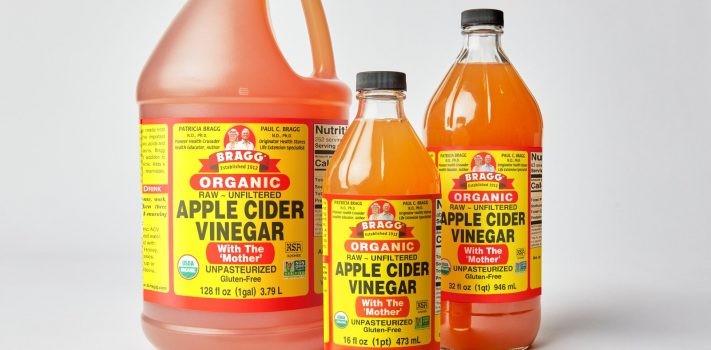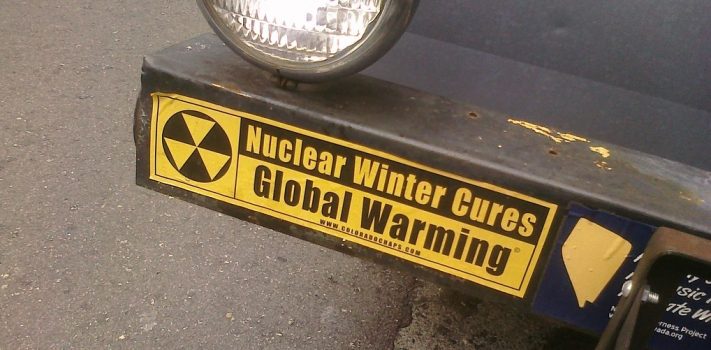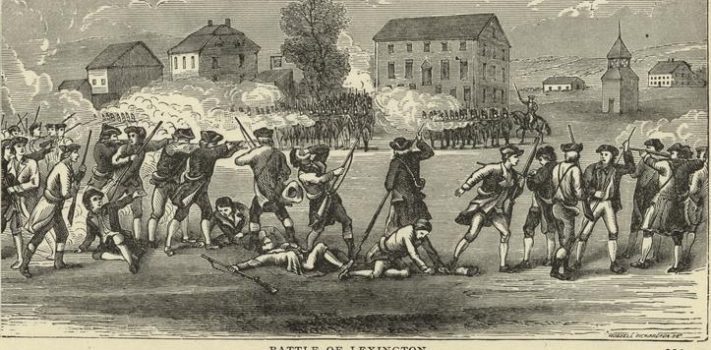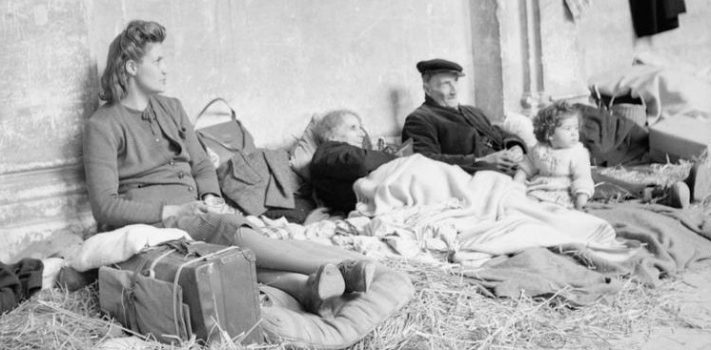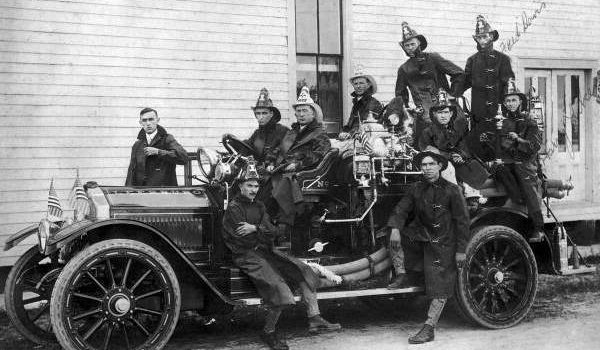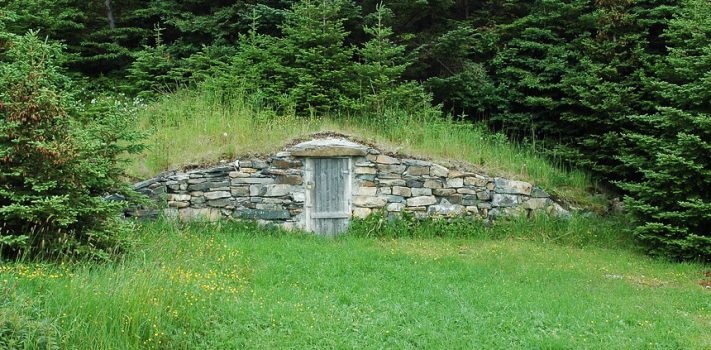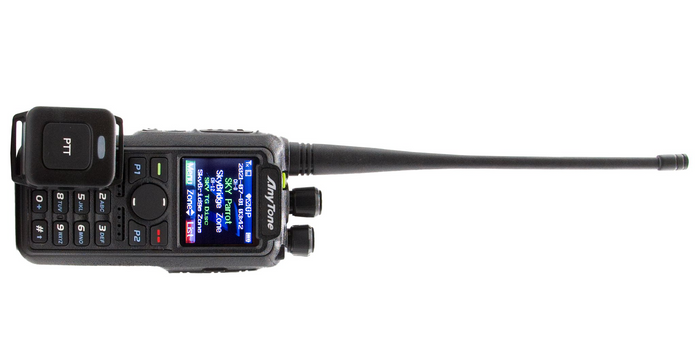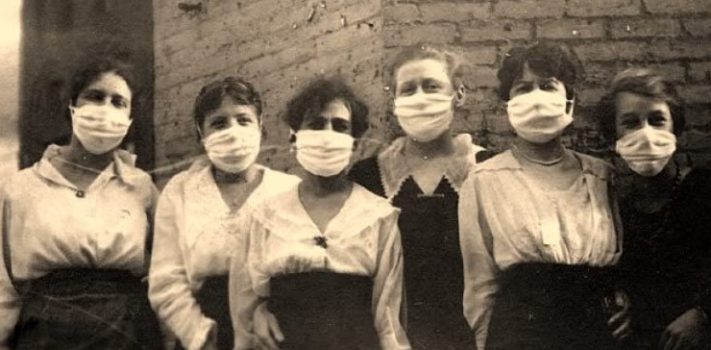Homemade Household Products Using Bulk Ingredients, by Mrs. Alaska
When people jokingly refer to Whole Foods as “Whole Paycheck” to indicate the price points, I wonder if they conclude that all organic products and foods have to be expensive. It is indeed more expensive to raise meat on a small homestead than to buy a rotisserie chicken at Costco. But so many pricey organic foods and value – add products are quickly and cheaply made at home. A frugal person can save thousands of dollars per year by combining ingredients for tasty or useful products. Put that cash to other purposes less easily accomplished. In addition, making products from …

